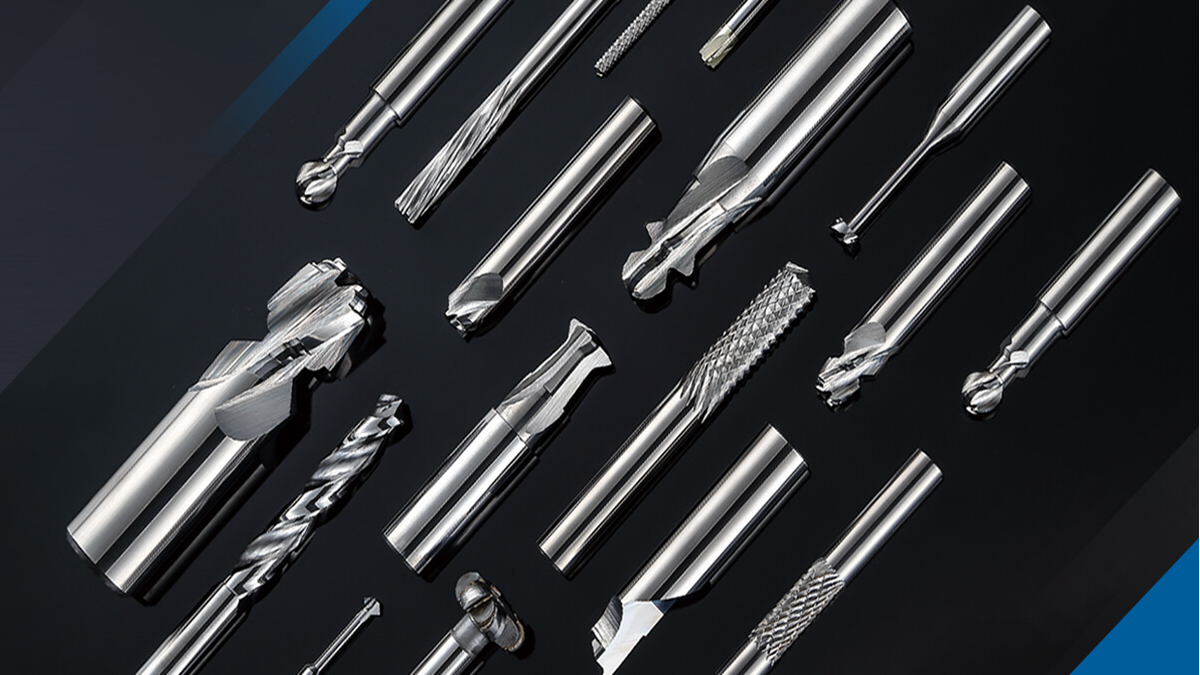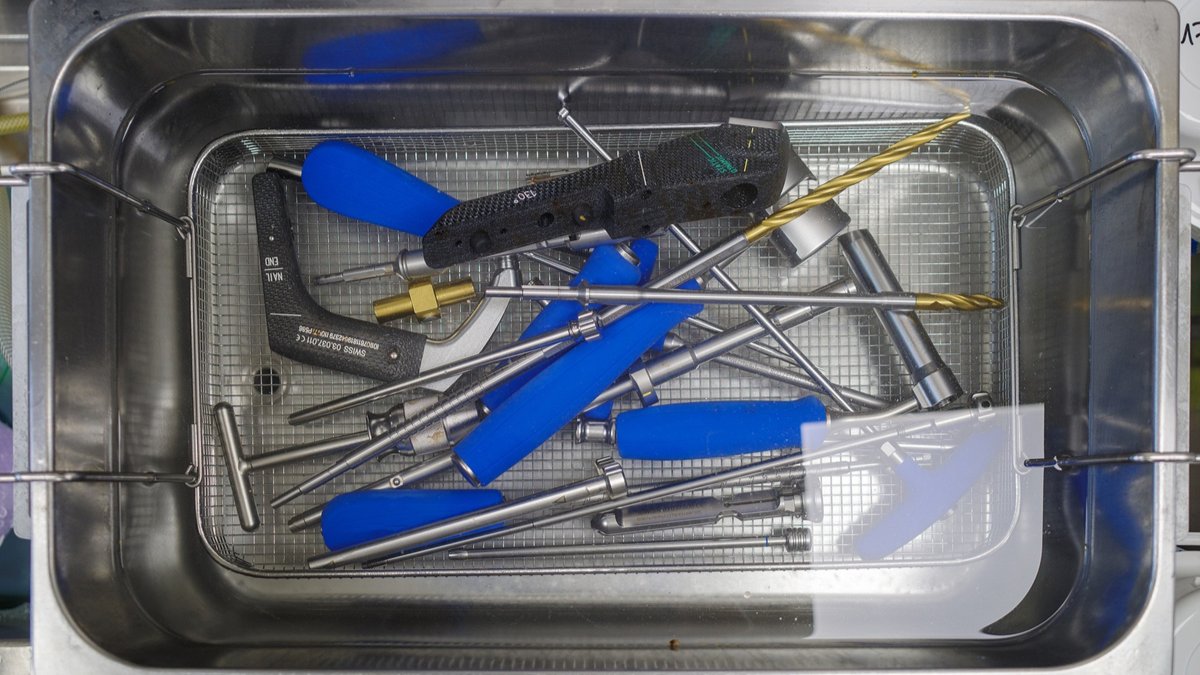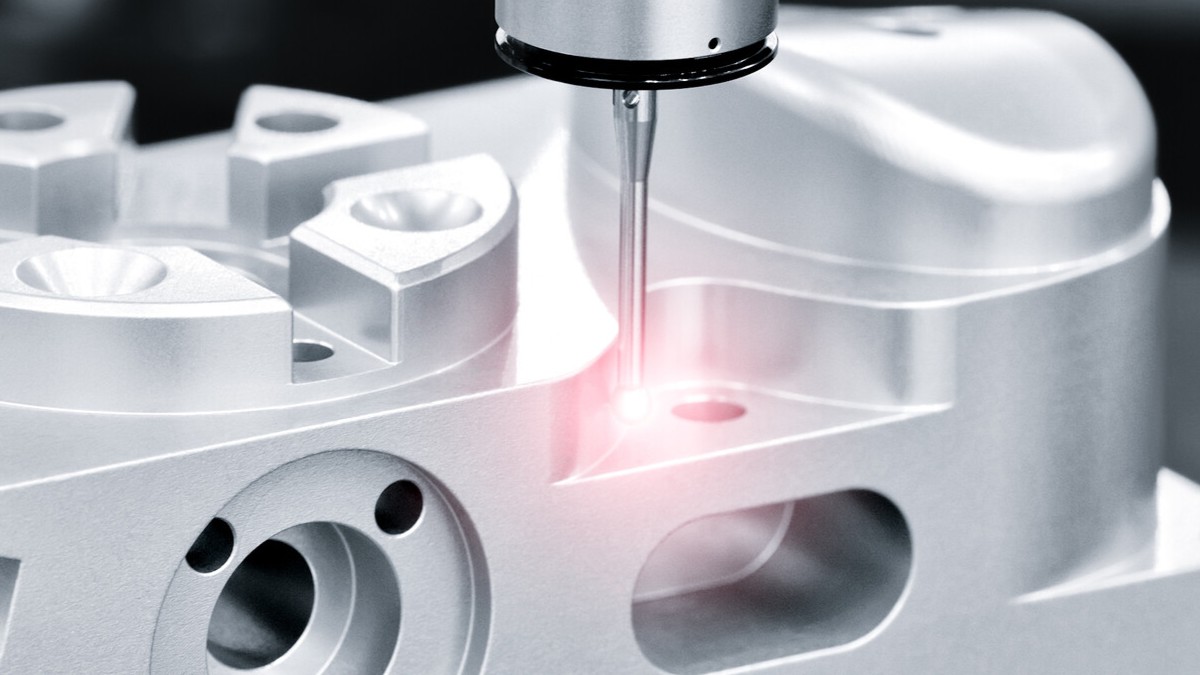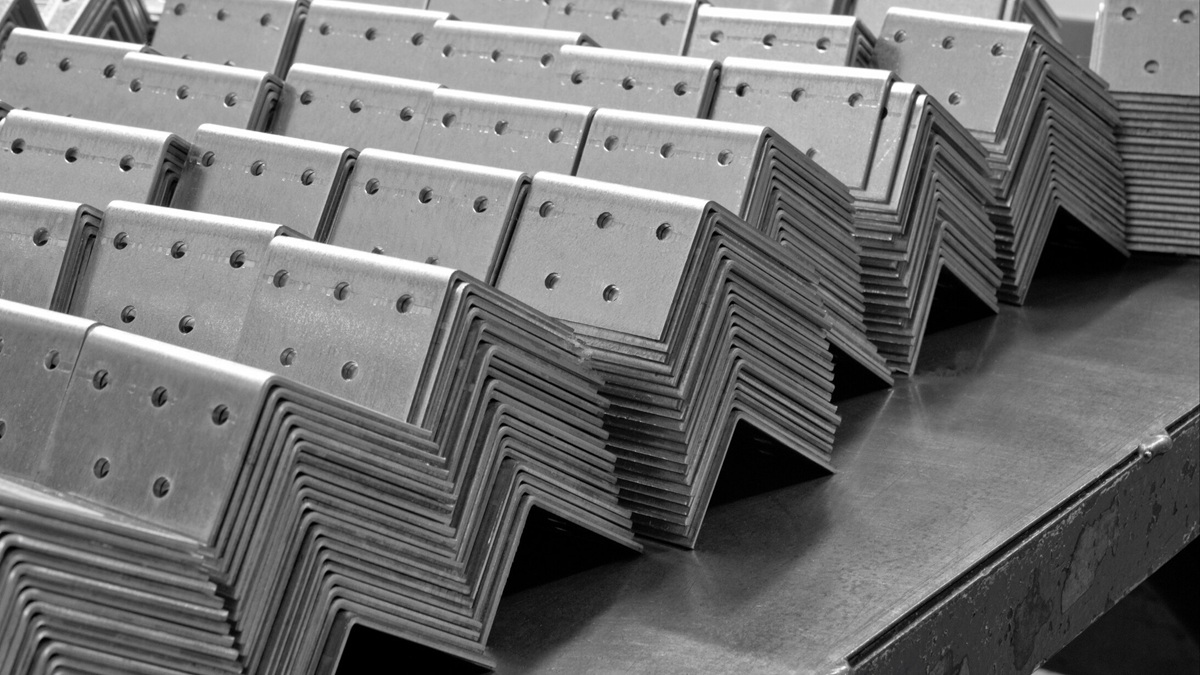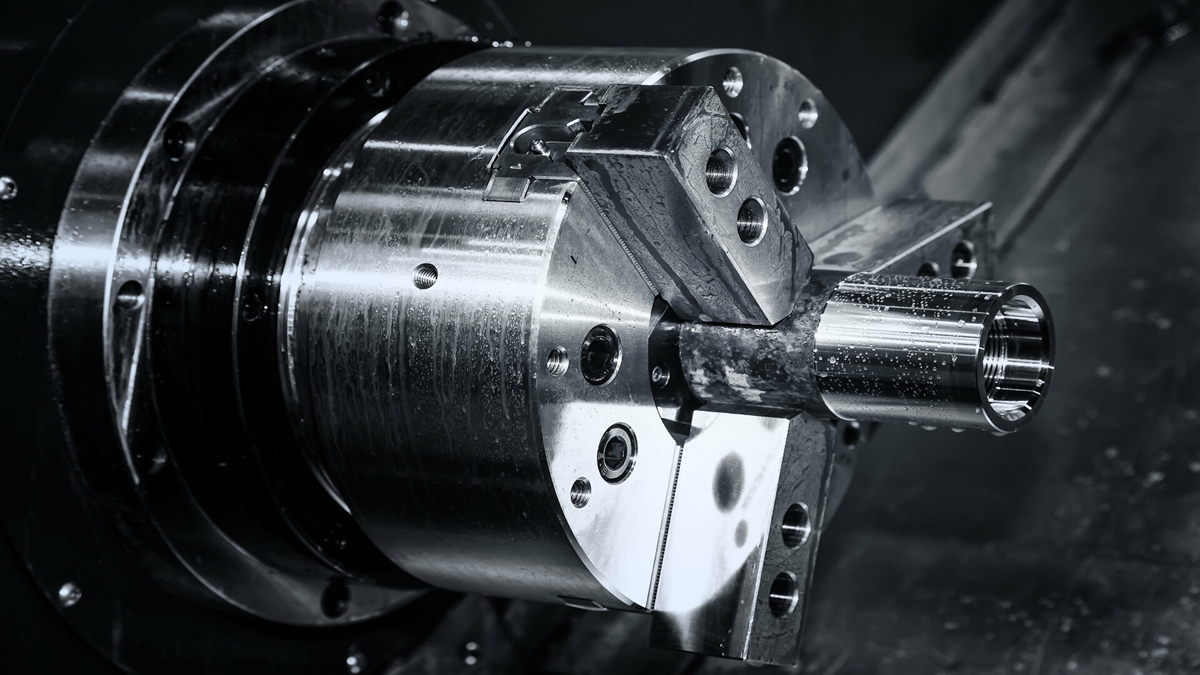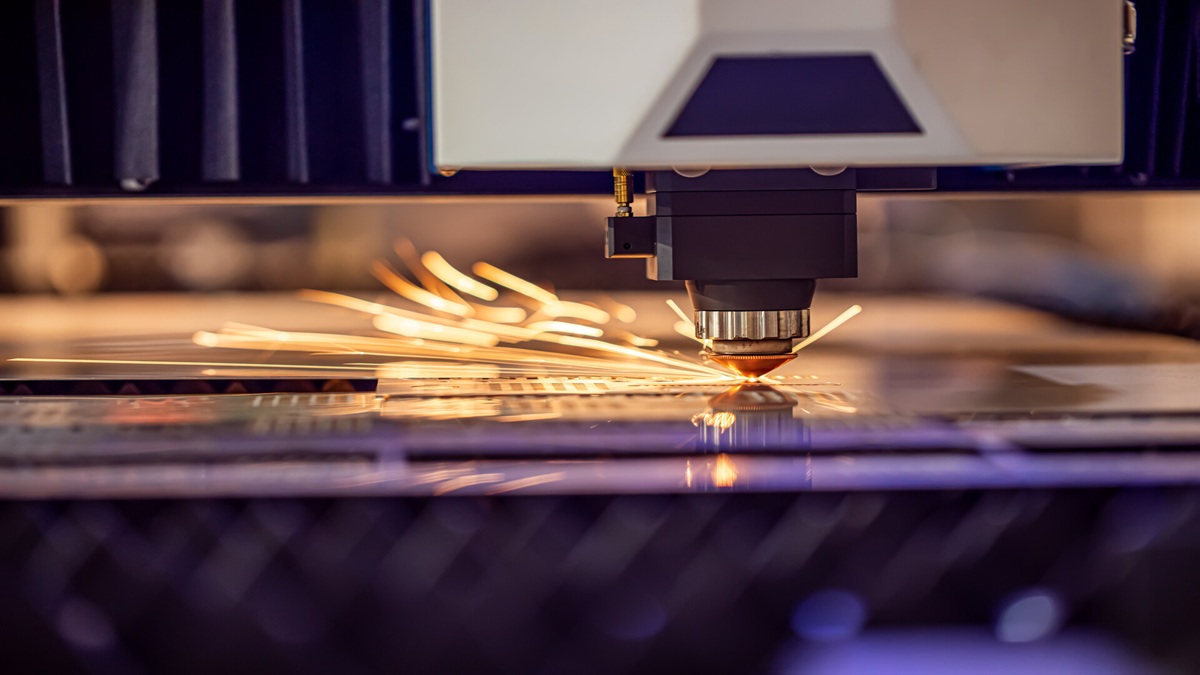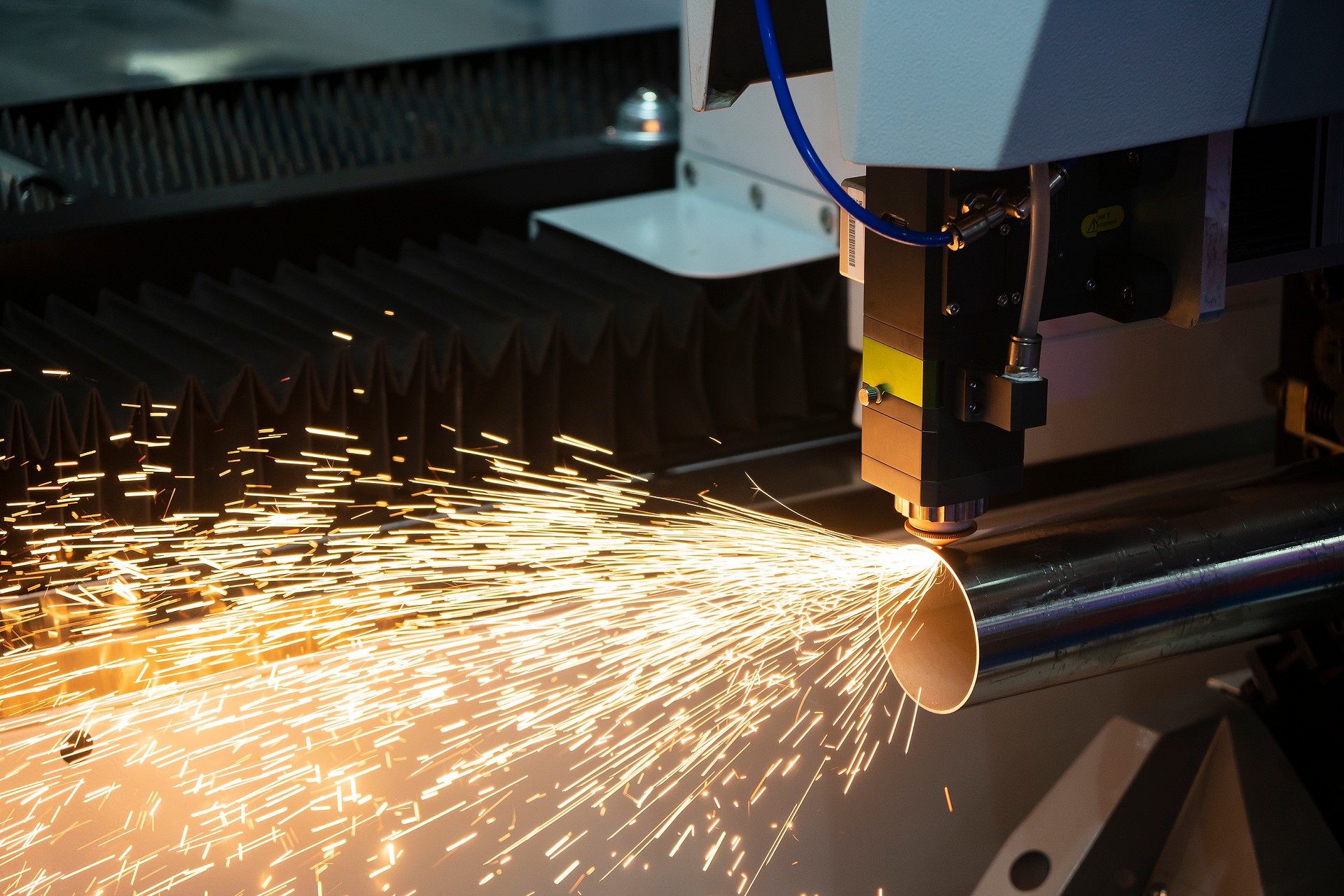For patients with hypoxemia, dyspnea, or pneumonia, simple oxygen therapy alone may not effectively alleviate inflammatory responses or breathing difficulties. Combining aerosolized medication nebulization with oxygen humidification can promote pulmonary ventilation, improve secretion clearance, and relieve symptoms. This strategy is widely applied in chronic obstructive pulmonary disease (COPD), long-term oxygen therapy patients, postoperative care, acute and chronic respiratory infections, and post-COVID-19 rehabilitation stages. It achieves synergistic effects of oxygen supplementation combined with bronchodilators or saline nebulization, enhancing overall respiratory function and patient comfort.
Precise Oxygen Delivery
Softip Nasal Cannula Series
Made of soft, medical-grade PVC compliant with ISO 10993 biocompatibility standards, designed in multiple sizes for adults, children, and infants. Features a Star-lumen five-channel structure to provide stable oxygen flow, reducing pressure and friction on the nostrils.
Oxygen Mask / Fixed Venturi Mask
These masks provide high FiO₂ delivery capability. Equipped with a Venturi pressure-reducing and mixing ring, they ensure oxygen concentration stability even at varying respiratory rates. Suitable for patients requiring high-concentration oxygen therapy.
Tracheostomy Oxygen Mask
Specifically designed for intubated or tracheostomy patients, allowing smooth oxygen or aerosol medication delivery. Compatible with common tracheostomy tubes and filter connectors.
High Flow Nasal Cannula System (HFNC)
Delivers up to 60 L/min of oxygen/air mixture with heating and humidification functions. Effectively reduces respiratory workload, restores positive airway pressure, and benefits patients post-extubation or with chronic obstructive pulmonary disease.
Respiratory Humidification Devices
Bubble Humidifier (BH-1 / BH-2 Series)
When oxygen flow exceeds 4 L/min, humidification is necessary to prevent nasal mucosa dryness and ulceration. This bubble humidifier vaporizes oxygen through cold water to provide adequate moisture and comfort. The container capacity is 400 ml, equipped with safety valves (2 / 4 / 6 PSI) to prevent overpressure.
Nebulization Devices: Oxygen Medication Dual-Purpose and Small-Volume Nebulizers
Large Volume Nebulizer
Meets the needs of long-term oxygen therapy combined with aerosol medication. Features a Venturi-type oxygen mixing ring to adjust oxygen concentration between 35–100% (at 10 L/min oxygen flow, nebulization rate approx. 60 ml/h). Supports insertion of a heating element to warm the aerosol, protecting mucosa.
Small-Volume Nebulizer (SVN, Neb.Easy Series)
Suitable for daily or acute aerosol medication therapy, producing particles around 3.8 µm in size. Utilizes ultra-quiet nebulization technology, can be used vertically or in a reclined position. Materials are latex- and DEHP-free, reducing allergy risk and exposure to plasticizers.
Conclusion
Choosing appropriate oxygen and nebulization therapy interfaces and nebulizer systems is a strategy balancing short-term therapeutic efficacy with long-term respiratory comfort. These devices feature integrated oxygen-aerosol delivery, precise control, ease of operation, and sterilizable safe materials, making them suitable for hospitals, long-term care facilities, and home healthcare settings.
Before use, it is recommended to understand the patient’s respiratory function, airway occupancy ratio, and treatment goals, then integrate nasal cannulas, masks, humidifiers, and nebulizers accordingly to provide customized and traceable respiratory therapy workflows.




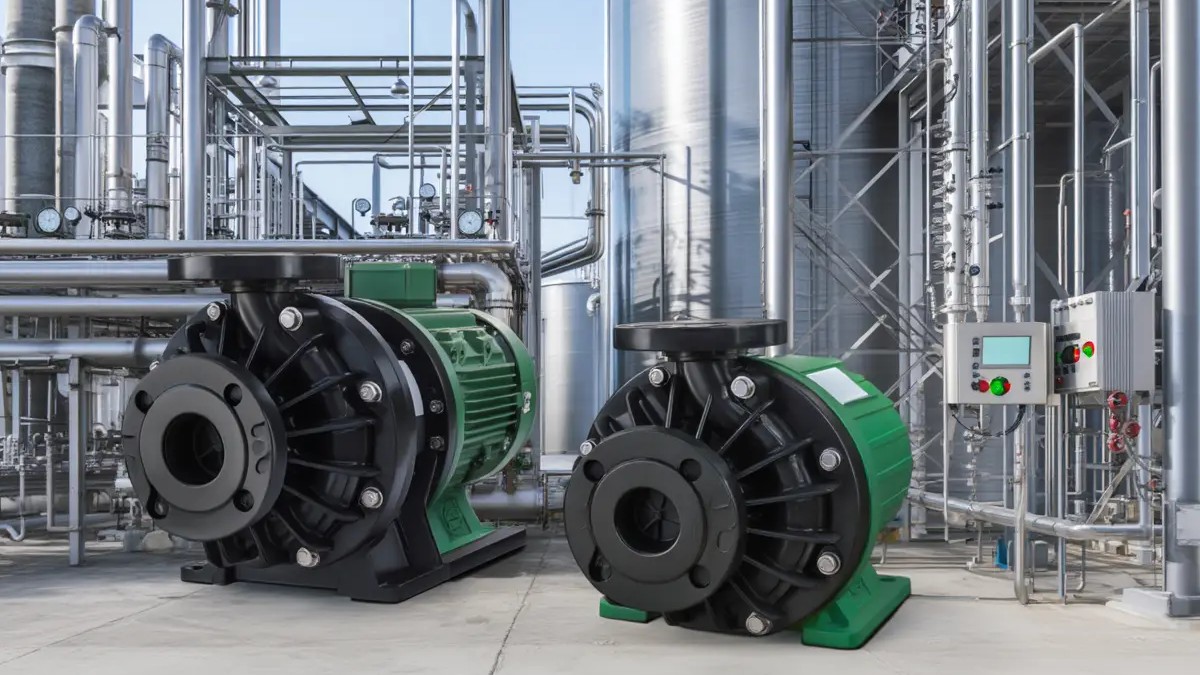
.png)
